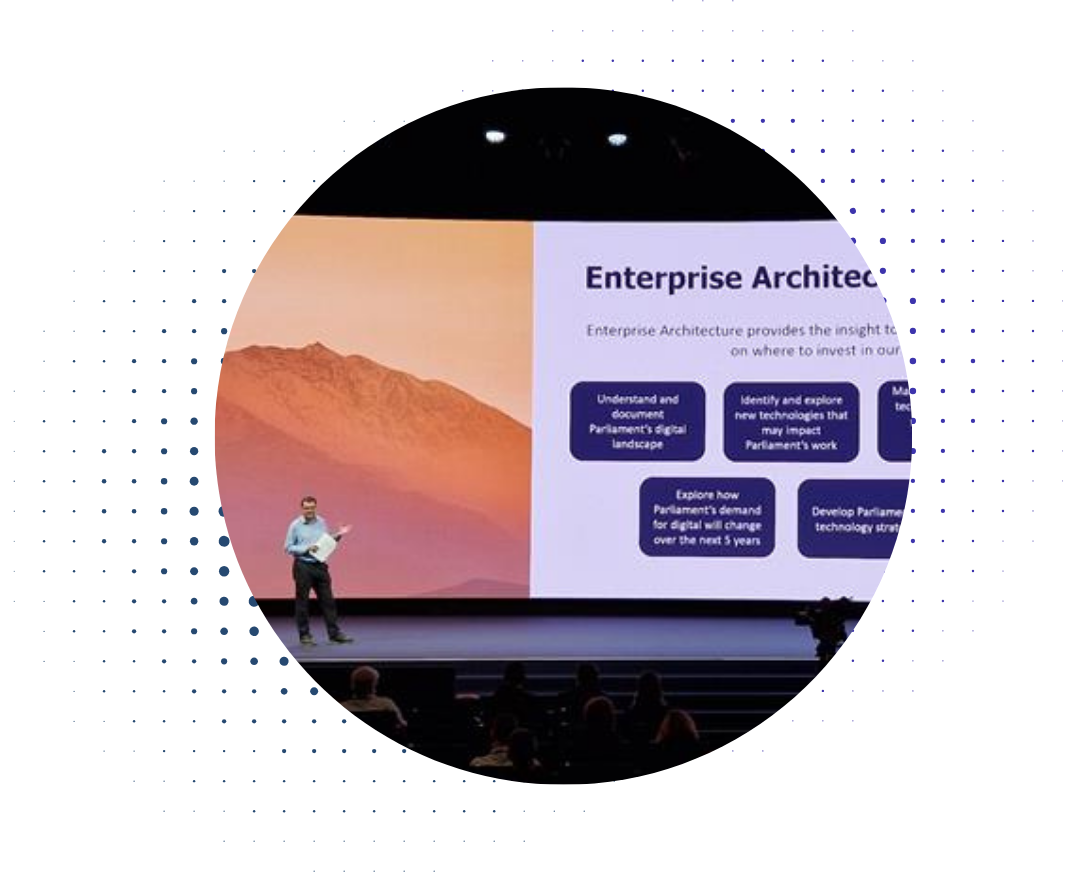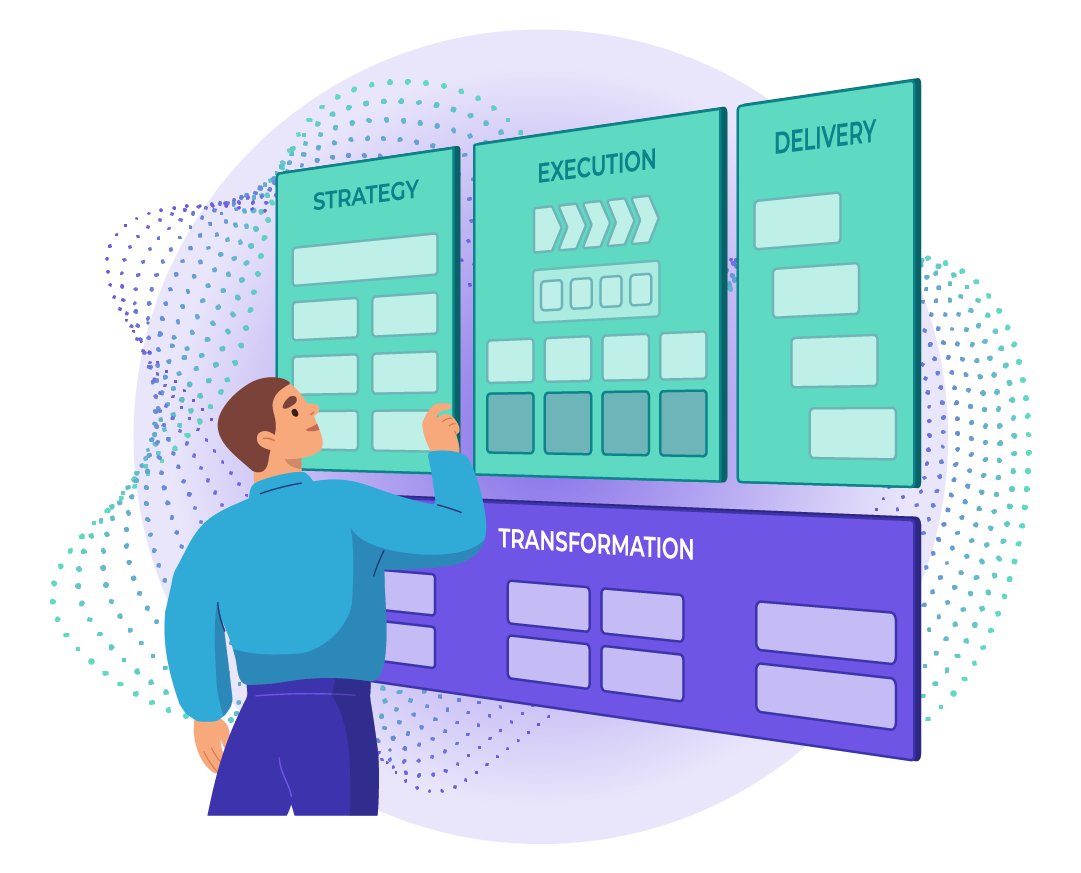Process improvement can be initiated from various directions. Often, quite sensibly, organizations focus on driving process improvement top-down. They seek to understand the holistic end-to-end business situation, understand the external business environment, and understand business processes at the top level of abstraction first. This can yield significant benefits—including asking the important questions such as “why do we do this?” or “do we need this process (or step) at all?”. After all, process re-design can be useful, but removing redundant or unnecessary processing is often a bigger win.
However, it would be incorrect to say that process improvement can only be driven from the very top of the process hierarchy. Indeed, those who are operating and are involved in the processes often have years of valuable insight and can identify opportunities for incremental (and even radical) improvement. They are closest to the customer, they feel the customer’s pain and can often identify where significant process inefficiencies are located. Additionally, these key stakeholders often have a vast knowledge of what has worked in the past—and what hasn’t. They can provide a rich history of improvement endeavors, as they have often been the ones on the receiving end of organizational, IT and process changes. Of course, these stakeholders may have sight of only part of an end-to-end process—so we will need to ensure that any incremental improvements in one area do not cause problems downstream. It is still imperative that somebody is considering the situation holistically, but the ideas and insight can originate from throughout the organization.
Yet many organizations fail to capture this ready source of insight that is available to them. Perhaps the organization’s structure means that ideas get ‘stuck’ in a layer of middle management. The organization creeps along like a dinosaur—with the organization unable to adapt to its changing business environment. Over time, people stop making suggestions—after all, “nothing ever changes here”. A sort of passive acceptance and corporate malaise sets in and morale drops, for a number of complex reasons. I suspect we have all seen, worked with or interacted with an organization like this.
This pattern is avoidable with a sustained and conscious focus on creating a climate where suggestions for improvement are encouraged. This is a complex and wide-ranging topic, and it is valuable to consider topics including those listed below:
1. Get buy-in: From top to tail: Driving innovation and process improvement from the front-line will require buy-in throughout the organization—including middle management and executive leaders. If people are not bought-in, they are likely to introduce unnecessary blockages and things will go stale. This could lead to the whole initiative back-firing.
2. Empower those with the experience and insight: It is crucial to empower people at all levels to ask questions, at an appropriate time and with rapport, and encouraging people to respectfully challenge the status quo. This might be initially uncomfortable for some—A middle manager in a traditional hierarchy might not like being asked why a “Grade 14” has to authorize every single piece of expenditure—even a 59 cent pen—but it is important to provide channels for these questions to be asked and answered. Of course, there may be a valid reason—but if there is not, then it is even more crucial that the question is asked so that the process (and any associated business rules) can be considered and changed where appropriate.
3. Communicate and train: It is important that people know that we are looking for improvement opportunities and also that they know the types of opportunity that are sought. Providing relevant training in the fundamentals of process improvement can help—this could range from a half-day taster right up to a more structured course, depending on the stakeholder.
4. Solicit suggestions: Ensure there is a clear channel for suggestions to be made, and ensure that those suggestions are regularly ‘triaged’ and considered. Provide feedback on every suggestion—even if there is a reason it cannot be implemented. Some suggestions might be immediately actionable—these can be given to the relevant team to ‘roll out’ or pilot. Since the suggestion came from their area, they are likely to feel an even stronger sense of ownership. Some might require more thought or investment—letting the team know that their idea is under consideration will ensure they feel kept in the loop.
5. Measure & Improve: Ensure that, where possible, quantitative measures are taken so that everyone has sight of what has worked and what may need further changes.
In summary: Process improvement doesn’t have to be entirely ‘top down’. Significant and useful insight can be obtained from those involved in processes. This insight is just waiting for us to tap into, and the tips above will help!
If you enjoyed this blog article, you may like to read Adrian’s white paper “Empowering the Front Line: The relentless pursuit of value”




.png)


